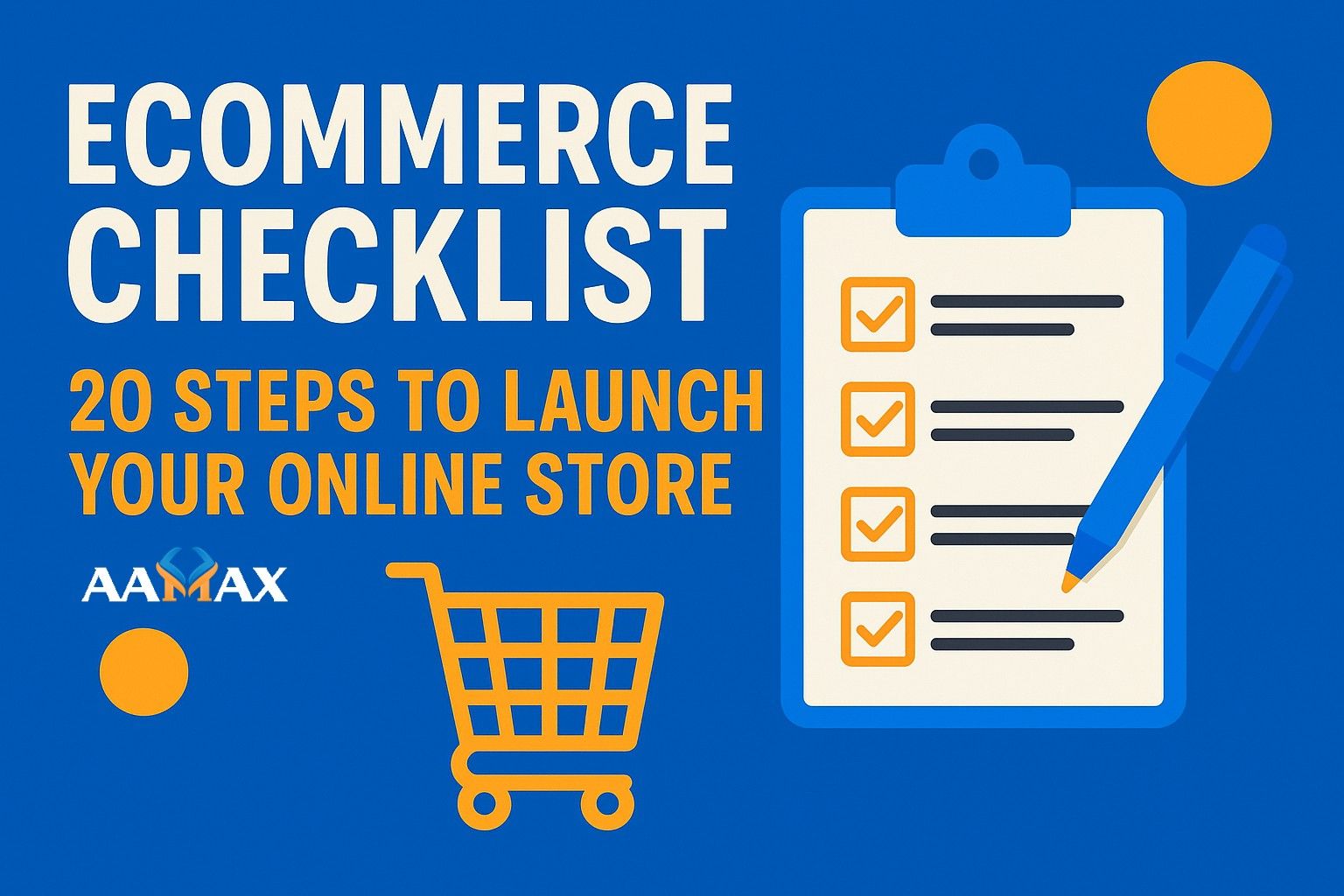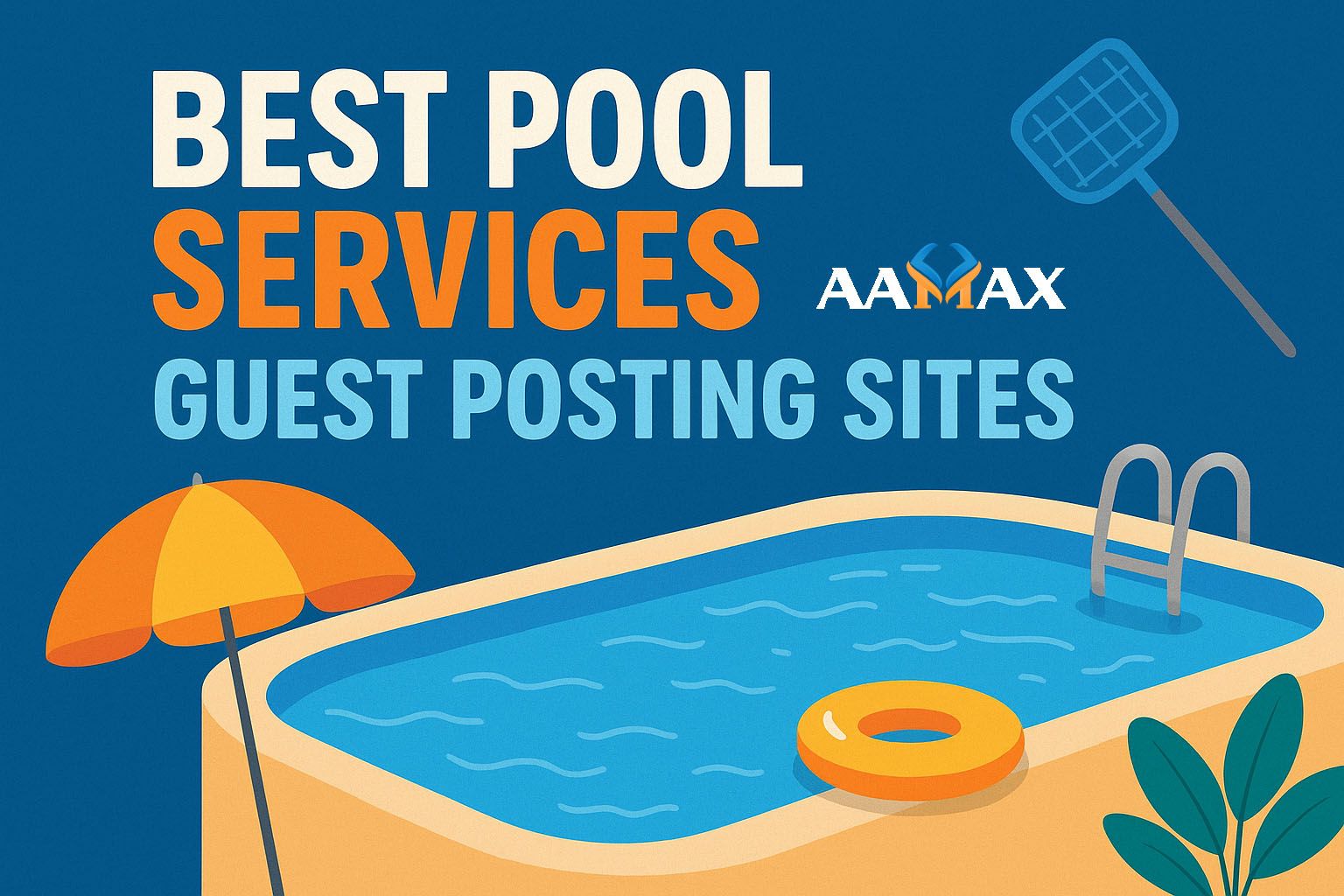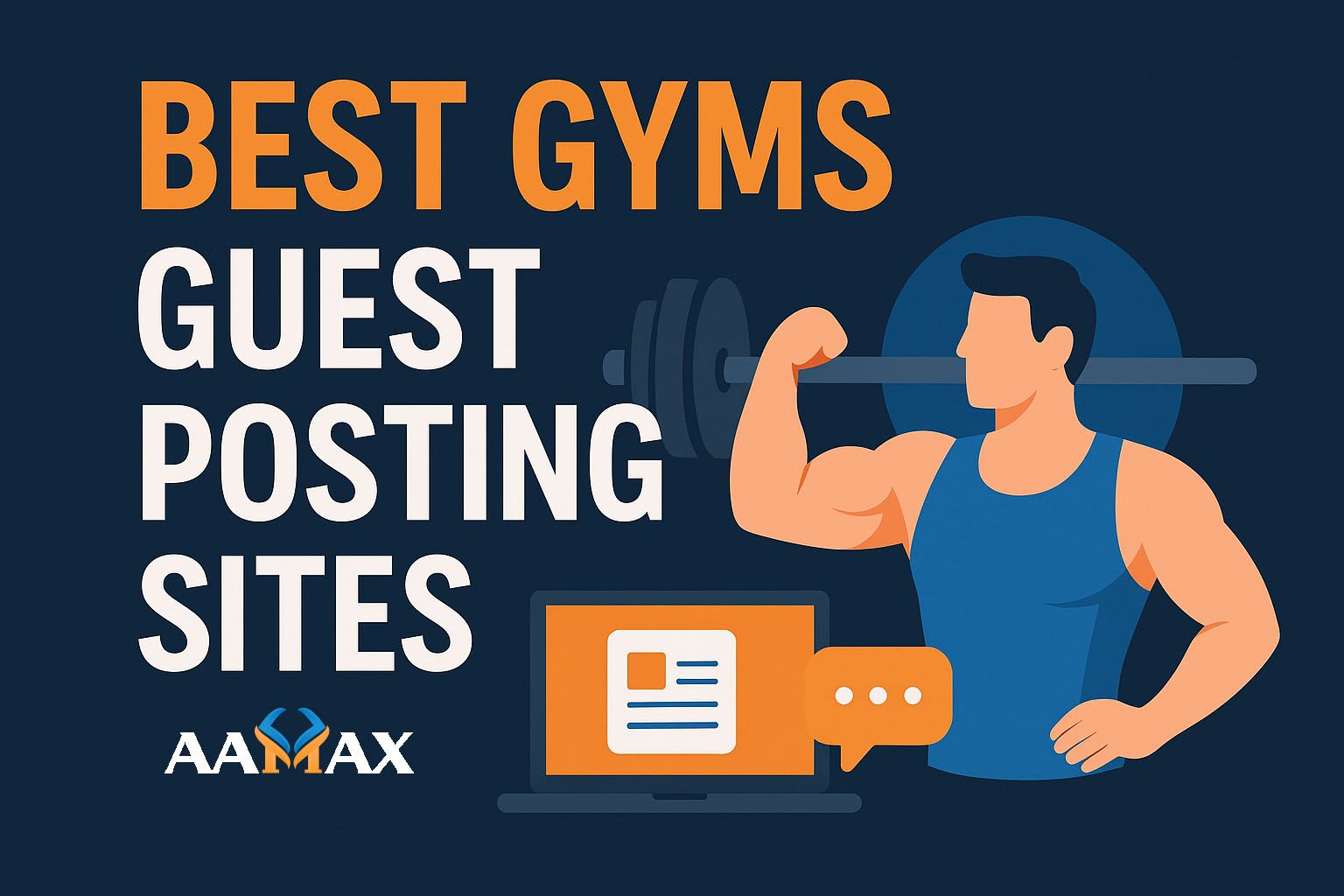
Ecommerce Checklist: 20 Steps To Launch Your Online Store
Launching an ecommerce business can be one of the most rewarding moves for entrepreneurs today. With the global ecommerce market projected to exceed $6.3 trillion by 2025, now is the time to establish your full-service digital marketing agency storefront. But building a successful online store involves more than just listing products on a website.
This comprehensive ecommerce launch checklist provides 20 critical steps you must take to get your online store up and running smoothly, avoiding costly mistakes and ensuring long-term success.
1. Define Your Niche and Target Audience
Before anything else, determine what you want to sell and who you’re selling to. A clear niche helps your brand stand out in a crowded market. Research:
- Market demand
- Competition
- Profit margins
- Customer demographics and behaviors
Understanding your audience will guide your product selection, messaging, and marketing strategy.
2. Conduct Competitive Analysis
Analyze other businesses in your space to discover what works and what doesn’t. Evaluate their:
- Product range
- Pricing strategy
- Website design and UX
- Social media presence
- Customer reviews
This step can reveal untapped opportunities and help you improve your own offerings.
3. Choose Your Ecommerce Business Model
Your business model will influence everything from marketing to operations. Options include:
- B2C (Business to Consumer)
- B2B (Business to Business)
- Dropshipping
- Subscription-based ecommerce
- White-label or private-label selling
Choose one that aligns with your resources and long-term vision.
4. Pick the Right Ecommerce Platform
Select a platform that fits your needs, budget, and growth goals. Top ecommerce platforms include:
- Shopify
- WooCommerce (WordPress)
- BigCommerce
- Magento
- Wix eCommerce
Consider ease of use, scalability, SEO capabilities, and third-party integrations.
5. Register Your Business and Domain Name
Secure your legal and digital foundation by:
- Registering your business with local authorities
- Acquiring a domain name that reflects your brand
- Verifying trademark availability
Consistency between your domain, brand name, and social media handles builds trust.
6. Design a User-Friendly Website
Your website is your storefront. Make sure it’s:
- Mobile-friendly
- Easy to navigate
- Fast-loading
- Secure (SSL enabled)
- Visually aligned with your brand identity
Hire professional developers and designers for a polished look. You can AAMAX — a full-service digital marketing agency offering expert web development, digital marketing, and SEO services.
7. Set Up Secure Payment Gateways
Customers need to feel confident when paying online. Choose reputable and convenient payment methods such as:
- Stripe
- PayPal
- Square
- Apple Pay / Google Pay
- Direct bank transfer
Offer multiple options to maximize conversions.
8. Organize Your Product Inventory
Structure your product listings with detailed information, including:
- Clear titles
- High-resolution images
- Detailed descriptions
- Pricing and SKU codes
- Variants (size, color, etc.)
Use tools like inventory management software to track stock levels and avoid overselling.
9. Develop a Content Strategy
A solid content strategy boosts SEO and builds brand authority. Include:
- Blog articles targeting buyer questions
- Product guides and tutorials
- Video content for product demos
- FAQs and support content
Content not only drives traffic but also helps with customer education and retention.
10. Set Up Shipping and Fulfillment
Decide how you’ll handle order fulfillment:
- In-house fulfillment
- Third-party logistics (3PL)
- Dropshipping
Clarify your shipping policies, costs, carriers, and estimated delivery times. Be transparent to build customer trust.
11. Implement Customer Service Systems
Support channels are crucial. Offer responsive customer service via:
- Live chat
- Helpdesk software (e.g., Zendesk, Freshdesk)
- Phone support
Add a robust returns and refunds policy to reassure new buyers.
12. Optimize for SEO
Search Engine Optimization (SEO) is vital for organic growth. Focus on:
- Keyword-rich product titles and descriptions
- Meta titles and descriptions
- Clean URLs
- Internal linking
- Mobile and page speed optimization
Technical and on-page SEO can significantly improve your visibility.
13. Set Up Analytics and Tracking
Measure performance from day one by integrating:
- Google Analytics
- Google Search Console
- Facebook Pixel
- Ecommerce-specific KPIs like conversion rate, cart abandonment, average order value
These tools help refine strategies based on actual data.
14. Launch Your Email Marketing
Email marketing remains one of the most cost-effective tools. Set up:
- Welcome sequences
- Abandoned cart emails
- Order confirmation and shipping notifications
- Promotions and newsletters
Use tools like Mailchimp, Klaviyo, or ConvertKit to automate campaigns.
15. Establish Your Brand Voice and Guidelines
Define your brand’s tone, visuals, and messaging. Create guidelines for:
- Logo and color palette
- Typography
- Photography style
- Social media voice
Consistency strengthens your brand and builds emotional connections.
16. Build Your Social Media Presence
Create accounts on platforms where your audience spends time, such as:
- TikTok
- LinkedIn (for B2B)
Use a social media scheduler and content calendar to maintain consistency and engagement.
17. Plan Your Launch Campaign
Build hype before the launch with:
- Countdown emails
- Social media teasers
- Influencer collaborations
- Limited-time offers for early birds
A coordinated launch can drive instant traffic and create momentum.
18. Set Up Legal and Compliance Pages
To stay compliant and protect your business, include:
- Terms and Conditions
- Privacy Policy
- Return & Refund Policy
- Cookie Policy
You may consult legal templates or a legal advisor to ensure accuracy.
19. Run Pre-Launch Tests
Before going live, test everything:
- Payment processing
- Product pages and cart
- Mobile responsiveness
- Email automation
- Broken links
Ask friends or beta users to make purchases and provide feedback.
20. Launch and Monitor
Go live and announce your launch across all channels! Monitor site performance, ad spend, and customer feedback closely during the first few weeks. Adjust and optimize as needed.
Track:
- Daily traffic
- Conversion rate
- Customer reviews
- Best-selling products
- Abandonment rates
Continue iterating to improve your ecommerce business post-launch.
Bonus Tips to Keep Scaling Post Launch
Launching your store is just the beginning. To scale further:
- Invest in SEO and paid ads
- Launch affiliate or referral programs
- Use retargeting campaigns
- Introduce upsells and cross-sells
- Analyze customer behavior for insights
The goal is to turn one-time buyers into repeat customers.
Final Thoughts
Launching an ecommerce store can be incredibly rewarding when done right. By following this 20-step ecommerce checklist, you’ll be well-prepared for a smooth and successful online store launch.
Whether you’re just starting or need help fine-tuning your ecommerce strategy, consider partnering with professionals. Hire AAMAX — a full-service digital marketing company — to assist you with web development, SEO, and ongoing digital marketing support to ensure your ecommerce business thrives.
Happy selling!







